Ancho Chile Powder: Spicy Superhero or Sneaky Sidekick?
Table of Contents
- Introduction: The Mystery in the Spice Jar
- What Exactly Is Ancho Chile Powder?
- Taste Test: What Does It Bring to Your Plate?
- Ancho vs. Other Chile Powders: A Spicy Showdown
- How to Use Ancho Chile Powder Like a Pro
- 5 Foolproof Tips for Cooking with Ancho Chile Powder
- Where to Buy & How to Store It (Without Turning Your Kitchen into a Fire Zone)
- One-Pan Ancho Chicken Tacos: Quick, Tasty, and Guac-Worthy
- Summary: Ancho Chile Powder at a Glance
Introduction: The Mystery in the Spice Jar
If you've ever stood in front of your spice rack trying to figure out what goes with what, you're not alone. Among all those jars labeled "chili powder," "cayenne," "chipotle," and "ghost pepper dust from beyond the grave," one stands out as both approachable and mysterious: ancho chile powder. But what is it exactly? Why does it show up in so many Mexican recipes? And can it actually set your mouth on fire — or is it just playing possum?
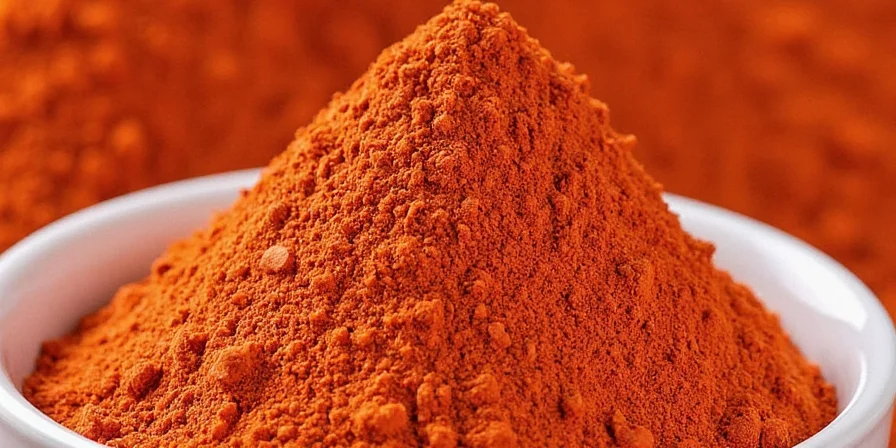
What Exactly Is Ancho Chile Powder?
Ancho chile powder is made by grinding dried poblano peppers. Yes, the same mild-mannered green peppers that hide in your stuffed pepper recipes by day turn into caped crusaders when dried and ground up by night.
The name “ancho” means “wide” in Spanish — which makes sense because these chilies are wide and heart-shaped once dried. Unlike other spicy powders, ancho isn’t just about heat. It brings a deep, fruity flavor with hints of raisin, coffee, and even a whisper of chocolate.
Taste Test: What Does It Bring to Your Plate?
If chile powders were characters in a movie:
- Cayenne would be the loud guy yelling at everyone.
- Chipotle would be the smoky, mysterious biker type.
- Ancho? That’s the smooth-talking negotiator who sneaks in and makes everything taste better without making a scene.
So while it does have some heat (usually between 1,000–2,000 SHU on the Scoville scale), its real superpower is flavor. It’s earthy, slightly sweet, and rich enough to build sauces around — think mole, enchilada sauce, or even chili con carne.
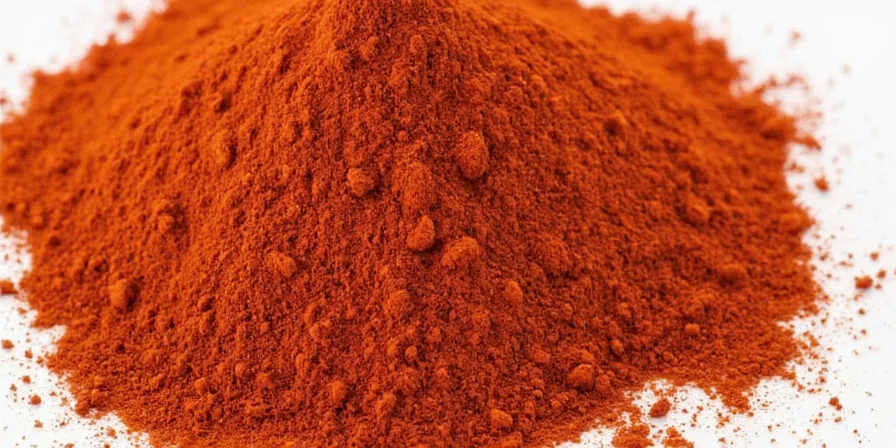
Ancho vs. Other Chile Powders: A Spicy Showdown
| Chile Powder | Heat Level (SHU) | Flavor Profile | Best For |
|---|---|---|---|
| Ancho | 1,000–2,000 | Fruity, Earthy, Slightly Sweet | Sauces, Moles, Marinades |
| Cayenne | 30,000–50,000 | Sharp, Hot, Biting | Kick-in-the-pants Heat |
| Chipotle | 2,500–8,000 | Smoky, Smoldering | BBQ Rubs, Stews |
| Paprika (Sweet) | 0–500 | Mild, Colorful, Slightly Sweet | Color boost without heat |
| Ghost Pepper | ~1,000,000 | Volcanic, Unforgiving | Bragging Rights |
How to Use Ancho Chile Powder Like a Pro
You don't need a sombrero to get creative with ancho chile powder. Here are some delicious ways to use it:
- Enchilada Sauce: Swap store-bought chili powder with a blend of ancho and cumin for deeper flavor.
- Marinades: Mix with olive oil, garlic, lime juice, and a dash of salt for a killer steak rub.
- Stews & Soups: Add a teaspoon to beef or chicken stew for warmth and depth.
- Spiced Chocolate: Yep, really! Add a pinch to hot cocoa or brownie batter for a complex kick.
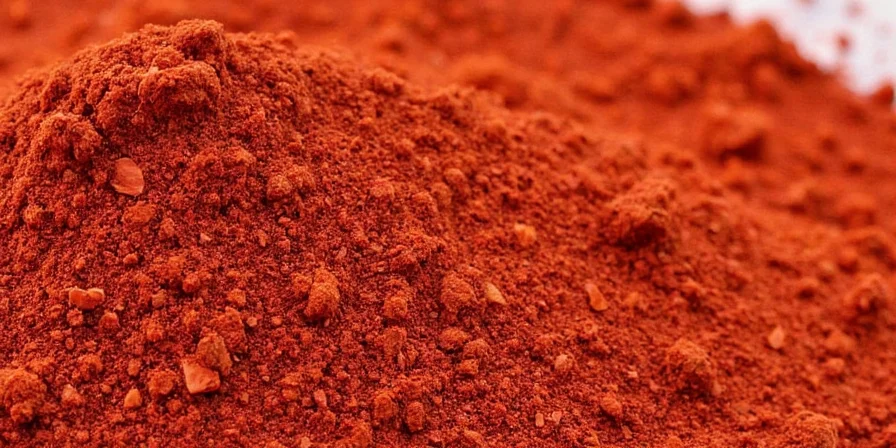
5 Foolproof Tips for Cooking with Ancho Chile Powder
- Bloom It First: Toast it lightly in oil or dry pan before using to unlock its full aroma.
- Don’t Overdo It: It’s more flavor than fire, but too much can overpower a dish.
- Pair With Cumin: This dynamic duo brings out the best in each other — like Batman and Alfred, but spicier.
- Use in Dips: Blend into guacamole, hummus, or mayo for instant flair.
- Make It Paste: Mix with water or vinegar to create a paste for grilling or roasting veggies or meats.
Where to Buy & How to Store It (Without Turning Your Kitchen into a Fire Zone)
Look for ancho chile powder in most grocery stores under brands like Penzeys, McCormick, or La Costeña. For a fresher grind, buy whole dried anchos and grind them yourself using a spice grinder or blender.
Storage Tip: Keep it sealed in a cool, dark place like your pantry or spice drawer. No need to refrigerate unless you’re planning to age it like wine (which, honestly, might not be a terrible idea).
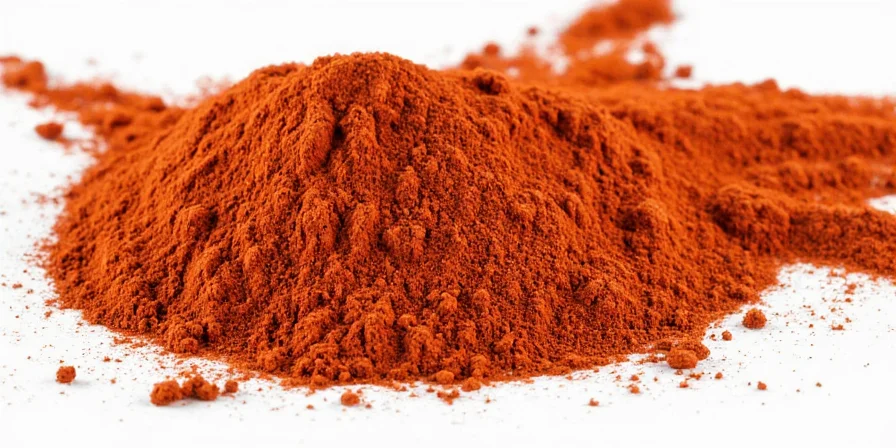
One-Pan Ancho Chicken Tacos: Quick, Tasty, and Guac-Worthy
Ingredients:
- 2 boneless chicken breasts
- 2 tbsp ancho chile powder
- 1 tsp cumin
- ½ tsp garlic powder
- Juice of 1 lime
- 1 tbsp olive oil
- Tortillas and toppings (avocado, cilantro, lime wedges)
Instructions:
- Mix ancho powder, cumin, garlic powder, and lime juice in a bowl.
- Coat chicken evenly and let marinate for 20 minutes.
- Heat oil in a skillet over medium-high heat. Cook chicken until golden and cooked through.
- Shred or slice and serve warm with tortillas and your favorite toppings.
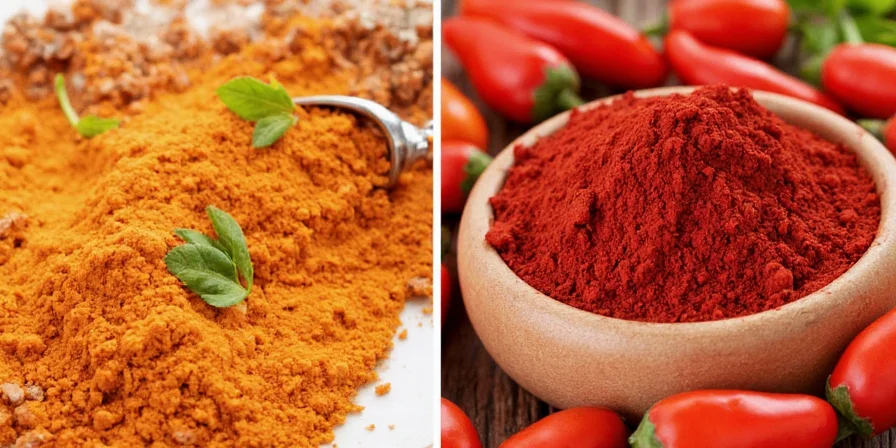
Summary: Ancho Chile Powder at a Glance
To wrap things up without going up in flames:
- Origin: Made from dried poblano peppers
- Heat Level: Mild to moderate (1,000–2,000 SHU)
- Flavor: Fruity, earthy, slightly sweet
- Uses: Sauces, marinades, dips, moles, stews
- Pro Tip: Bloom in oil first for maximum flavor impact

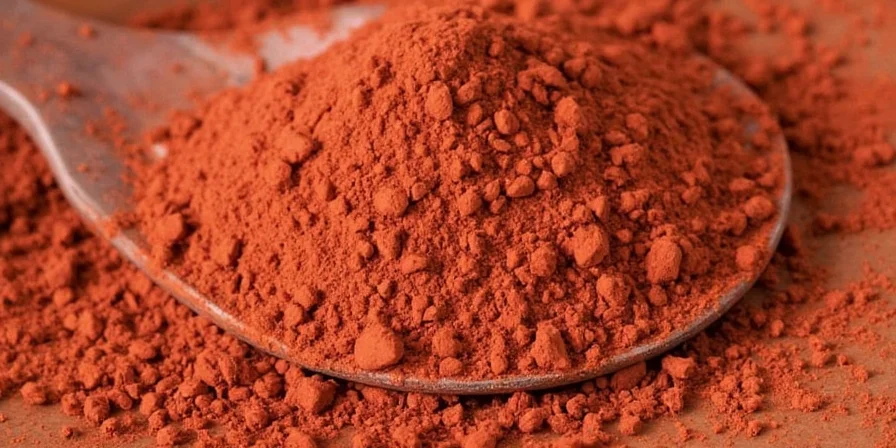









 浙公网安备
33010002000092号
浙公网安备
33010002000092号 浙B2-20120091-4
浙B2-20120091-4